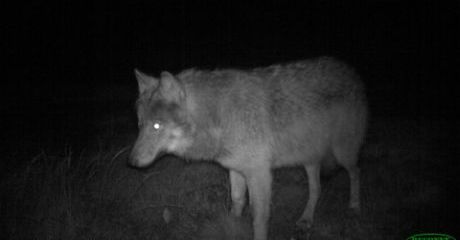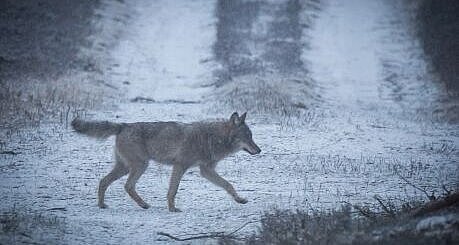
| Project data | |
|---|---|
| Project leader: | Prof. Prof. h. c. Dr. Ursula Siebert |
| Scientists: | Dr. Friederike Gethöffer, Janina Bartels, Charlotte Steinberg |
| Project erm: | 08.2018-12.2020 |
| Sponsoring: | Niedersächsisches Ministerium für Umelt, Energie, Bauen und Klimaschutz |
Since the first verifications of the return of wolves in 2006/07, a continuous population increase of the Eurasian wolf (Canis lupus) was monitored in Lower Saxony. In 2012, the first verification of a wolf pack in the area of Munster Nord was successful. During the monitoring year of 2018, 23 territorial wolf packs were registered in Lower Saxony (www.wolfsmonitoring.com). This number has to be considered as a minimum, because it refers to ensured proven individuals.
With the rapid population increase, research is required on the spatiotemporal behaviour, the use of urban areas and the migration flows of wolves in a cultural landscape. We obtain data by the usage of modern GPS transmitters on single individuals of a pack. As part of the project, a health check-up of the GPS equipped wolves will be conducted. This includes a clinical examination, a haemanalysis and the screening for pathogenic germs and antibodies against different pathogens.
The analysis of wolf scat gives evidence on the diet composition of wolves in Lower Saxony. The main interestis not only focused on the prey species and its amount in the wolves’ diet, but also onseasonal variations in the diet and diet selection in different wolf territories.
The results of this study shall help to objectify the discussion about wolves, thereby increase the acceptance in the human society and contribute to wolf protection. This study was funded by the Ministry for Environment, Energy, Construction and Climate Protection of Lower Saxony.




